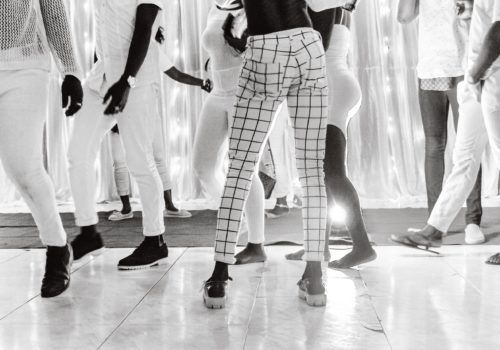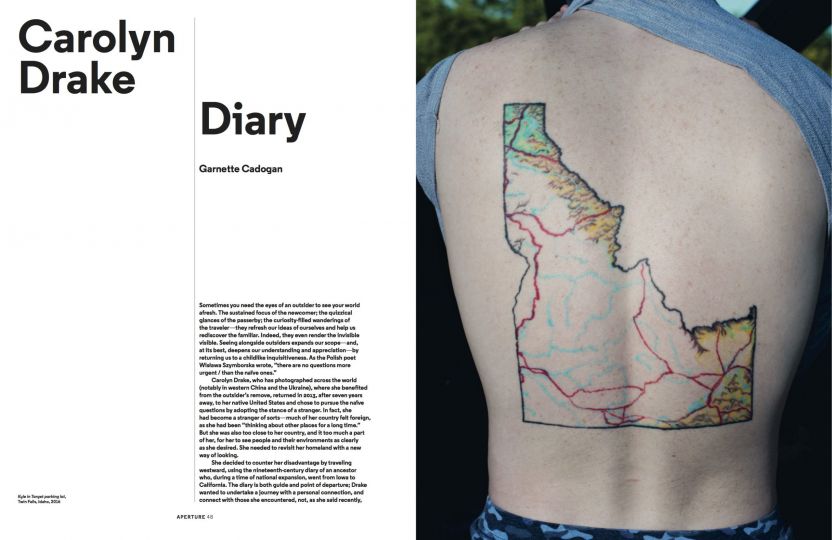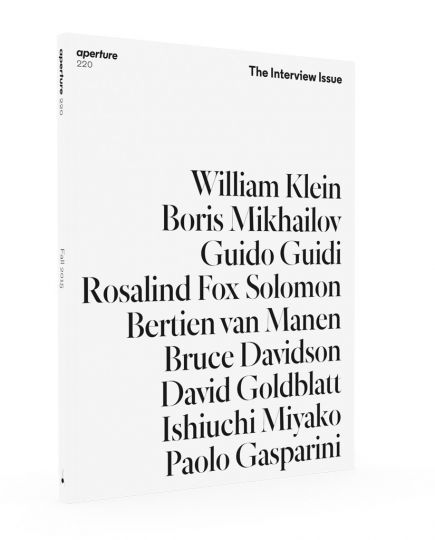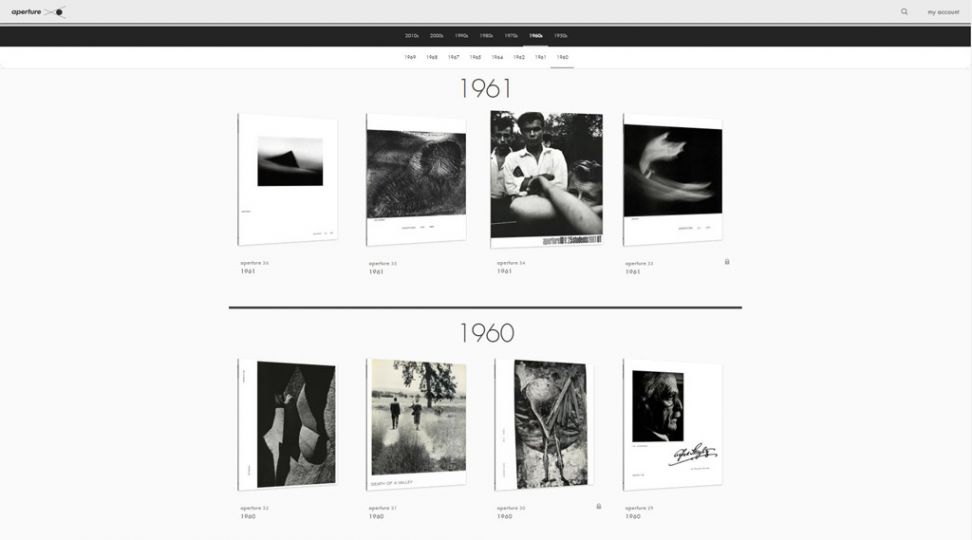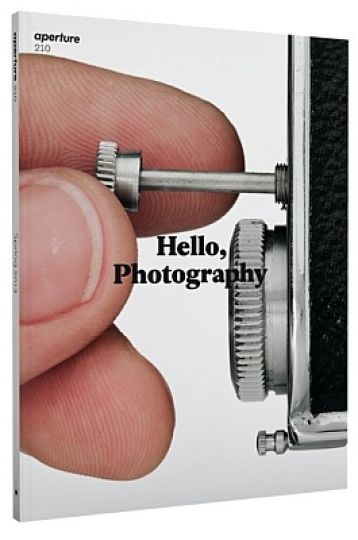Platform Africa, the Summer issue of Aperture Magazine, hits the newsstands on June 6. From Abdo Shanan and Sabelo Mlangeni to Eric Gyamfi and Délio Jasse, the issue offers a remarkable panorama of African photography. Tackling the subject in all its diversity, the issue suggests different lines of approach to a multitude of photographic practices, offering the reader a polyphonic vision of youth, fashions, cultures, economies, and political situations on the second largest continent.
Borrowing the words of the photographer Nii Obodai, the editors aim to present “a cartography of the African photography network.” Rejecting the idea of a unified photographic tradition in Africa, Aperture Magazine gives voice to photography practitioners and institutions in a way that reflects their fragmented character. The Biennial of African Photography Bamako Encounters has long been a cornerstone of many of these emergent practices. Created in 1994, the biennial has been a meeting ground for Western African photographers. Gradually, numerous other photography festivals followed. The Market Photo Workshop in Johannesburg, South Africa, and LagosPhoto in the capital of Nigeria vie for the leading role, organizing workshops for young photographers and exhibition spaces where artists can meet and interact.
In addition to biennales and photography festivals, art centers and art schools, as well as clubs and photography labs have sprung up all across Africa. The list is long and undoubtedly incomplete; it includes, for example, the Àsìkò International Art School, RAW Academy in Dakar, Collectif 220 in Algeria, and Sudanese photo clubs. They are all featured in Aperture.
African photography has attracted much attention on the continent as well as worldwide. The growing collection of Jean Pigozzi, 1:54 Contemporary African Art Fair in London and New York, and numerous exhibitions devoted to African artists over the past two or three years (such as Malick Sidibé and Samuel Fosso, to name just a few) testify to this growing interest in African arts.
We must turn away, however, from this global context and focus on the artists: and this is precisely what Aperture has done. An interview with Samuel Fosso gives readers an insight into the different disguises and identities adopted by this photographer and model. The photographer Jody Brand portrays her South-African friends whose lifestyle is shaped by the Internet and multiculturalism. The article by Morad Montazami offers a fascinating, well-researched overview of North-African photography initiatives. The photographers mentioned include Hicham Benohoud and his series The Classroom, which paints a poetic, sociological vision of the Algerian system of education. Featured artists also include the French Ivorian François-Xavier Gbré whose meticulously developed series Tracks focuses on an abandoned courthouse in Dakar.
While Africa had long been “described from the outside” (Jenna Whortman), the current issue of Aperture gathers African writings from the colonial period as well as persistent (mis)representations, myths, and stereotypes in an effort to gain a better grasp of the artistic production of the continent from an insider’s point of view. The reader will benefit from a comprehensive vision of a plurality of the African continent which is home to singular artistic sensibilities.
Arthur Dayras
Arthur Dayras is a writer specializing in photography. He lives and works in New York.
Aperture Magazine #227
$24.95

